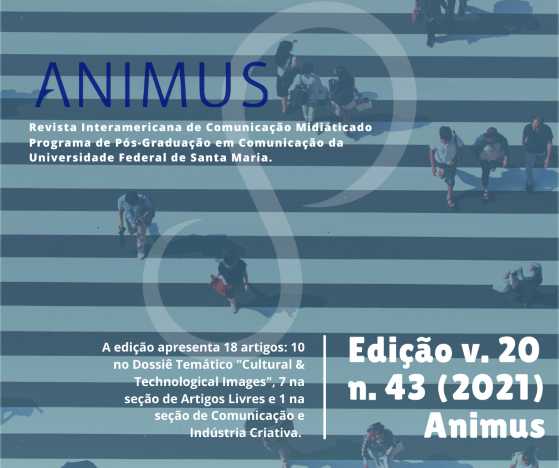WASTE, BOREDOM, AND GHOSTLY TIME IN THE FILMS OF TSAI MING-LIANG
DOI :
https://doi.org/10.5902/2175497766690Mots-clés :
Waste, Boredom, The body, Ghostly time, ModernityRésumé
This study examines several themes that often emerge in the work of Taiwanese filmmaker Tsai Ming-liang, focusing on his preoccupation with waste, boredom, and a secret, “ghostly” time that runs parallel to human time. While comparisons are inevitably drawn to the French New Wave in terms of attitudes toward modernity, I argue that Tsai develops a much different tone. While the French New Wave might best be characterized by freshness, naivieté, improvisation, playfulness, and a sense of possibility, then Tsai instead offers a much more bleak, post-apocalyptic world in which the consequences of advanced modernity now becomea heavy burden on his characters.
Téléchargements
Téléchargements
Publié-e
Comment citer
Numéro
Rubrique
Licence
(c) Tous droits réservés Animus. Revista Interamericana de Comunicação Midiática 2021

Cette œuvre est sous licence Creative Commons Attribution - Pas d'Utilisation Commerciale - Partage dans les Mêmes Conditions 4.0 International.
Os autores de textos aprovados pelos pareceristas de Animus - Revista Interamericana de Comunicação Midiática cedem automaticamente, e sem qualquer tipo de ônus, o direito à primeira publicação do material submetido.







